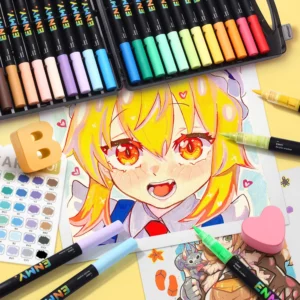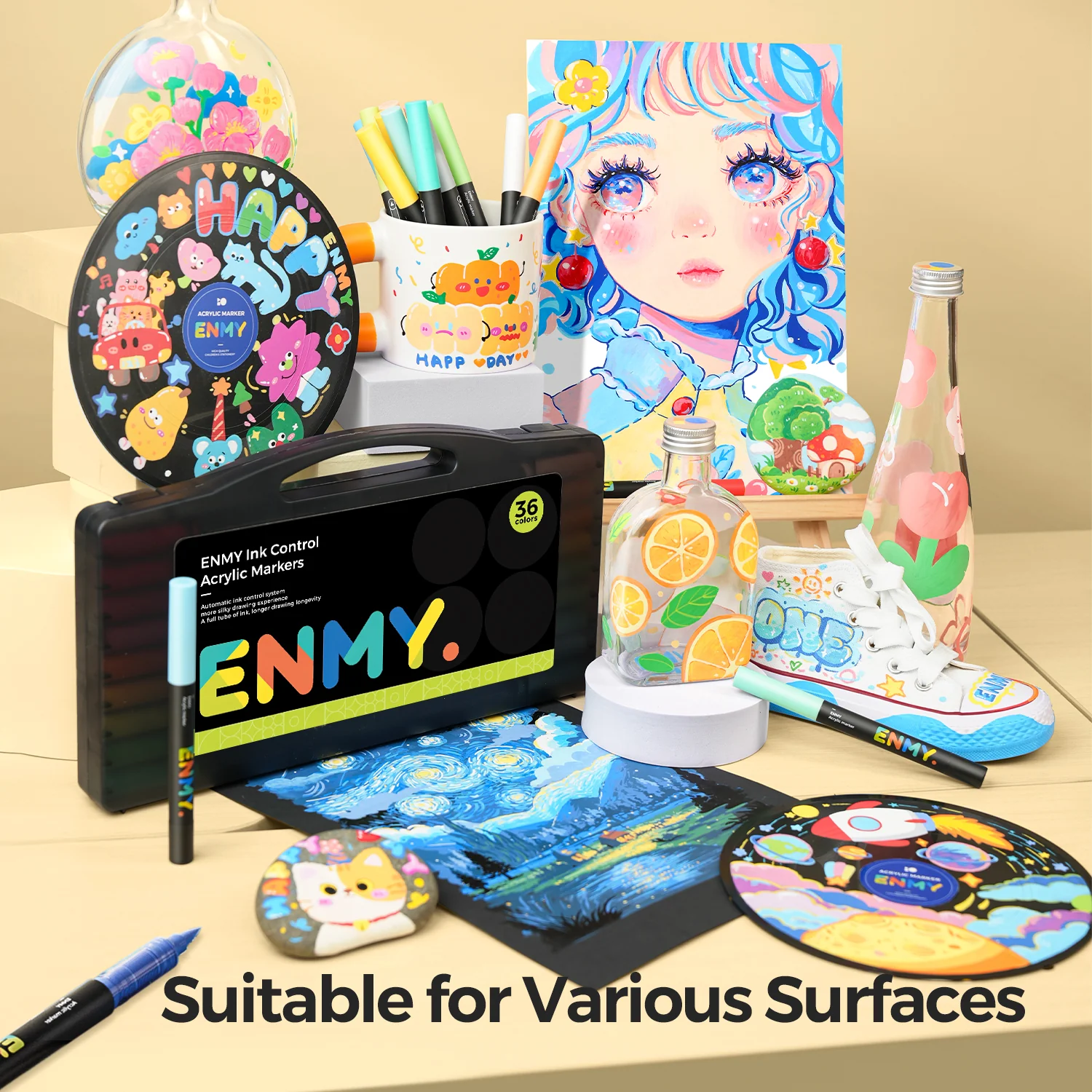In the survival arena of the natural world, colors are never just for decoration. For countless animals, the colors on their bodies are a set of sophisticated survival codes — they can not only make them invisible in the environment but also send fatal warnings to natural enemies, and even imitate the appearance of stronger creatures to deter enemies. These exquisite uses of colors are the survival wisdom carved out by natural selection over hundreds of millions of years.

I. The “Invisibility Technique” of Blending into the Environment
Dynamic Color Change for Instant Camouflage
Cuttlefish are known as the “masters of disguise” in the ocean. They have millions of pigment cells under their skin, each like a tiny pigment sac controlled by muscle fibers. When swimming over sandy seabeds, the pigment cells contract into earthy yellow dots, blending perfectly with the surrounding gravel; if they swim into seaweed beds, the green and brown pigment cells immediately expand, and their bodies instantly take on patterns similar to seaweed leaves. More amazingly, the cuttlefish’s eyes can capture changes in environmental light and shadow in real-time, and the nervous system can complete color adjustment within 0.2 seconds, three times faster than the human blink.
Tree frogs are good at adjusting their body color with the day-night temperature changes. The red-eyed tree frogs in the Amazon rainforest have a translucent emerald green back when lying on fresh green leaves during the day, with blue stripes on the sides cleverly echoing the leaf veins; when night falls and they jump onto dark brown tree trunks, their body color gradually deepens to dark green almost black, and even the orange-red suction cups on their toes fade, only flashing briefly when jumping.
Permanent Camouflage Symbiotic with the Environment
Animals in the Arctic have evolved “color-changing suits” that change with the seasons. Arctic foxes put on pure white thick fur in winter, and when running on snowfields, they are almost seamlessly integrated with the environment except for their black noses; in summer, this fluff 蜕变成 grayish-brown, perfectly matching the colors of rocks and lichens in the tundra. This color change is not only for invisibility but also to reduce heat loss — white hair is filled with air, a natural heat insulator.
Horned lizards in deserts have taken camouflage to the extreme. The color of their carapaces is exactly the same as the ochre color of sand dunes, and even the folds on their bodies imitate the texture of sand grains. When the lizard is stationary, raptors flying overhead can only see a slightly raised “sand pile”; even if discovered, it can quickly shake its body to cover its back with fine sand, further enhancing the camouflage effect.
II. “Danger Signals” to Warn Natural Enemies
The “Poison Declaration” of Bright Colors
Poison dart frogs are the most dazzling “dangerous elements” in tropical rainforests. These fingernail-sized frogs are covered with eye-catching colors such as bright red, bright yellow, and indigo, paired with black stripes to form a strong contrast. This “warning color” is declaring to predators: “I’m poisonous, don’t touch me!” In fact, the skin glands of poison dart frogs can secrete alkaloid toxins, and only 0.1 mg is enough to kill an adult jaguar. Interestingly, artificially raised poison dart frogs have duller colors and reduced toxicity because they do not ingest wild toxic insects, which shows that their bright colors and toxicity are “survival packages” that have evolved synchronously.
The blue-ringed octopus is a “mobile warning light” in the ocean. Usually, its body is a low-key yellowish-brown, but when disturbed, dozens of bright blue rings will instantly appear on its body. These rings are composed of special iridescent cells that can reflect blue light penetrating seawater. This sudden color burst will cause a brief visual confusion to predators (such as seals), and in these few seconds, the octopus has sprayed ink containing tetrodotoxin to complete a fatal counterattack or escape.
“Group Deterrence” of Striped Patterns
The black and white stripes of zebras have long been thought to be “dynamic camouflage” to confuse predators such as lions. When a herd of zebras runs, these stripes form a blurry visual interference in the eyes of predators, making it difficult to lock on a single target. Recent studies have also found that stripes can reduce tsetse fly bites — these blood-sucking insects are sensitive to large monochromatic surfaces, and black and white patterns will disrupt their visual positioning system, indirectly reducing the risk of disease transmission.
Butterfly fish in coral reefs create “identity confusion” through patterns on their eyes and tails. Their real eyes are covered by a black stripe, while there is a false eye spot on the tail that looks like an eye. When predators attack, they often mistakenly attack the tail as the head, and the butterfly fish can take the opportunity to escape in the opposite direction. This color strategy of “transferring the target” increases their survival rate in the dangerous coral reefs by more than 30%.
III. “Mimicry Tactics” of Imitating the Strong
“Safety Substitutes” Imitating Toxic Organisms
Hoverflies are the “masters of mimicry” in the insect world. Their appearance and body color are almost identical to bees — yellow and black striped abdomen, transparent wings with black spots, and even the buzzing sound when flying is highly similar. But in fact, hoverflies have no stingers and are completely non-toxic. This “Batesian mimicry” makes natural enemies such as birds stay away from hoverflies for fear of being stung by bees. More 精妙的是,hoverflies in different regions will imitate the body color changes of local bees. For example, in tropical regions, their yellow stripes are more vivid to match the more toxic wasp species in the local area.
The swallowtail butterfly larvae in Africa imitate the color and shape of bird droppings. When first hatched, these larvae are black and white, lying on leaves like a pile of fresh bird droppings, making insect-eating birds uninterested. When the larvae grow enough to resist small predators, they will molt into green, matching the color of leaves, and start another stage of survival strategy.
Advanced Version of “Invisibility Technique” Imitating Environmental Objects
The orchid mantis in Malaysia has taken mimicry to the level of art. Its legs have evolved into petal-like shapes, with body colors ranging from pinkish white to light purple. When stationary in an orchid, even the most 敏锐 pollinating insects can hardly distinguish it. This “aggressive mimicry” can not only avoid predation by birds but also attract prey such as butterflies and bees to throw themselves into the net. More amazingly, the orchid mantis can adjust its own color according to the color of the orchid it is in — when on a white orchid, it secretes white pigments on its body surface; on a purple orchid, the purple pigment cells are activated.
Stick insects are representatives of “plant mimics”. Their bodies are as slender as branches, and their body color is exactly the same as the branches of the plants they inhabit. Some species even imitate the yellowish spots or insect-eaten traces of leaves. When the wind blows, stick insects will sway left and right, imitating the way branches sway in the wind. This “behavioral mimicry” allows them to be safe even under the eyes of birds.
IV. Color Adaptation Evolving with the Environment
The peppered moths in Britain have witnessed the impact of human activities on animal color strategies. Before the Industrial Revolution, light gray peppered moths with spots were the mainstream, and they were hard to find when resting on tree trunks covered with lichens; when factory emissions killed the lichens and the tree trunks turned blackish-brown, the proportion of black mutant peppered moths soared from 0.01% to 90% in just 50 years; with the implementation of environmental protection regulations, lichens have covered the tree trunks again, and light gray individuals have gradually returned. This “industrial melanism” phenomenon vividly shows how environmental changes can quickly select more adaptive color characteristics.
Marine iguanas in the Galapagos Islands have evolved body colors matching the volcanic rocks on different islands. Populations living on black basalt islands have dark gray almost black body surfaces; while those inhabiting light-colored granite islands are yellowish-brown. This difference can not only help them avoid predation by seabirds but also regulate body temperature by absorbing different wavelengths of sunlight — dark skin can absorb heat faster in cold sea areas, while light skin can reflect sunlight in hot environments.
Animals’ use of colors is the crystallization of wisdom in the game between life and the environment. From the instant color change of cuttlefish to the fatal vividness of poison dart frogs, from the static mimicry of stick insects to the evolutionary iteration of peppered moths, each color is a survival poem written by natural selection. Behind these colorful protective colors lies an eternal truth: in nature, the most beautiful colors are often those that know how to coexist with the environment.






